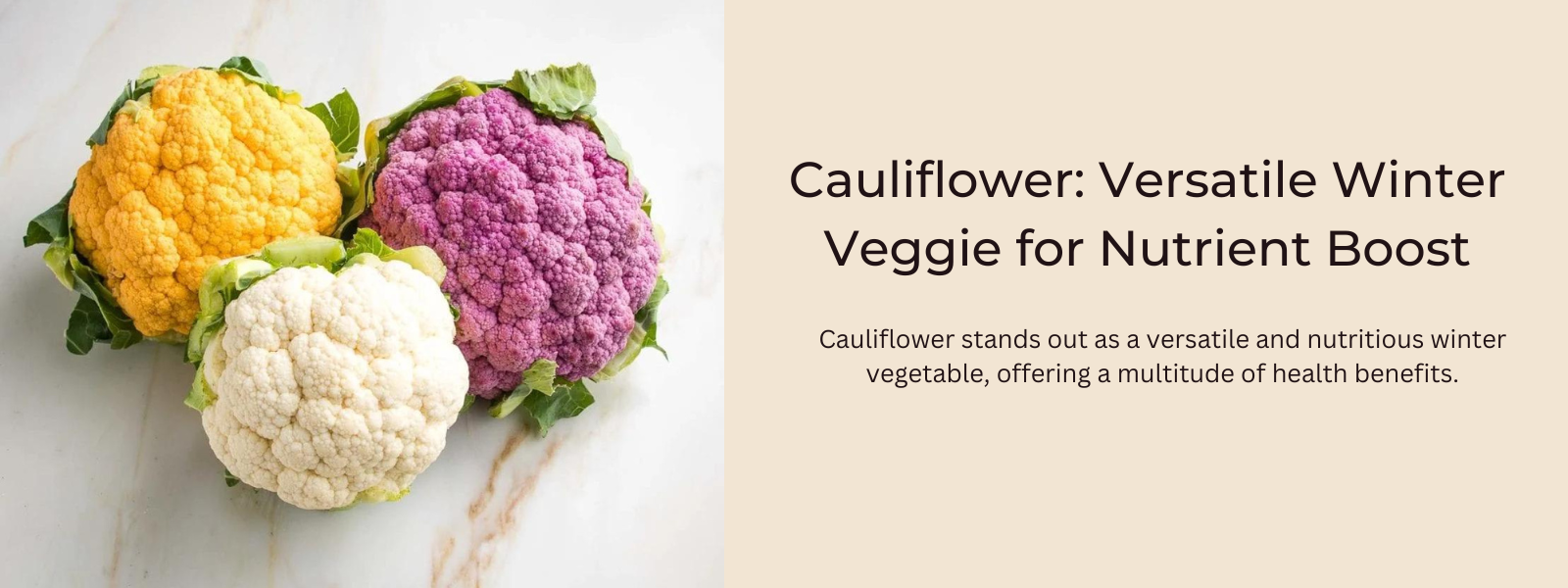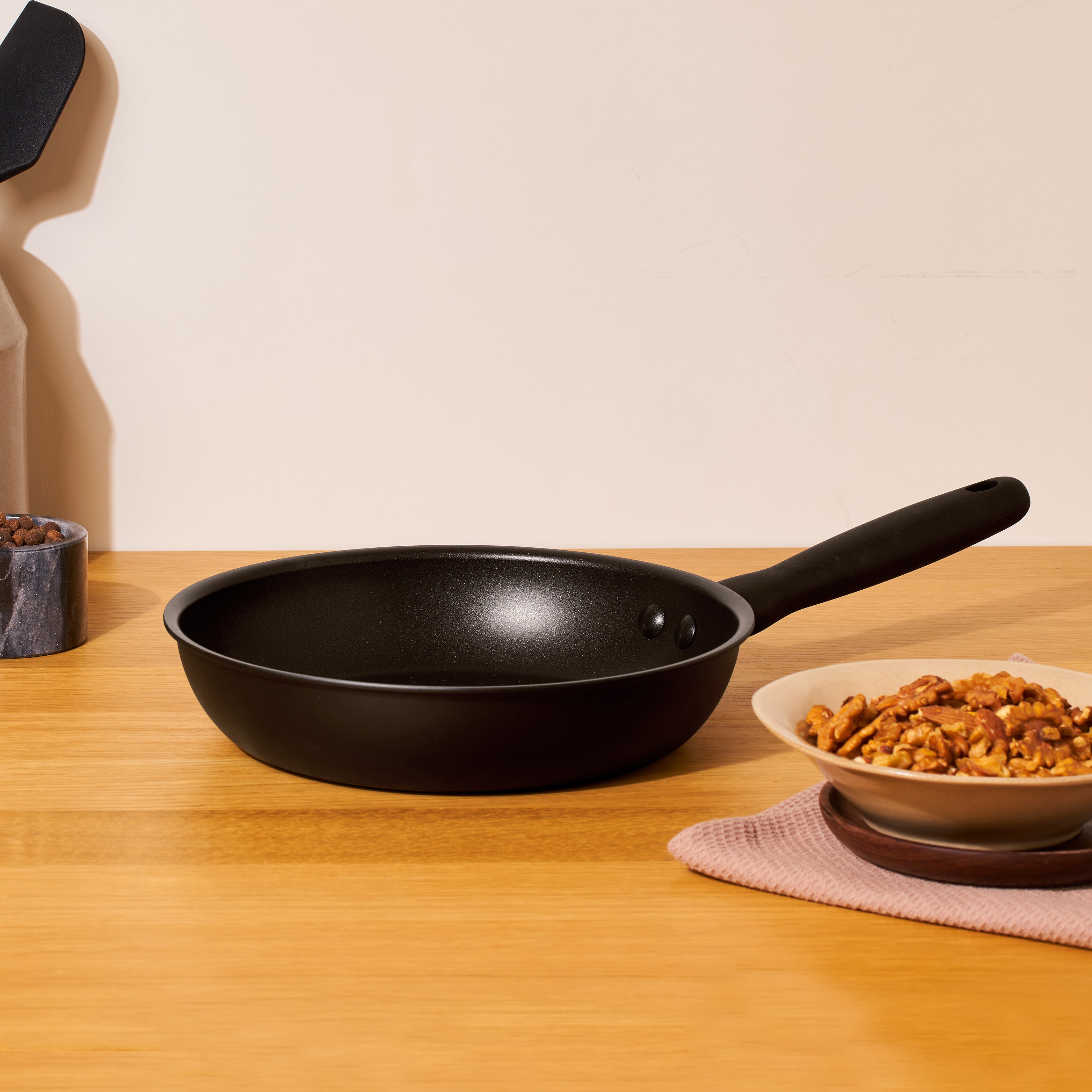Cabbage, revered as a winter gem, stands tall among cruciferous vegetables, wielding an impressive array of health benefits. Bursting with nutrients like vitamin C, vitamin K, folate, and fiber, cabbage offers a detoxifying punch ideal for the winter months. Its potent antioxidants and sulfur compounds assist the body's natural detoxification processes, aiding in eliminating toxins. Alongside supporting gut health with its fiber content, cabbage provides an immune-boosting dose of vitamin C, crucial for warding off seasonal illnesses. With its versatility in various cuisines, from stir-fries to salads, pickles, and more, cabbage emerges as a go-to winter vegetable, promoting well-being and vitality during the colder months.
Table of Contents
Benefits Of Including Cabbage Into Winter Diet:
Cabbage, a member of the cruciferous vegetable family, is a nutritious and versatile vegetable that offers several health benefits, particularly during the winter season:
- Rich in Nutrients: Cabbage is packed with essential nutrients such as vitamin C, vitamin K, folate, manganese, and dietary fiber. Vitamin C, especially important during the winter, helps support the immune system.
- Detoxifying Properties: Cruciferous vegetables like cabbage contain compounds that support the body's detoxification processes. These compounds, like glucosinolates, aid in the elimination of toxins from the body.
- Antioxidant and Anti-inflammatory: Cabbage contains antioxidants and anti-inflammatory compounds that may help combat oxidative stress and inflammation, promoting overall health.
- Gut Health: The fiber in cabbage supports digestive health by aiding in regular bowel movements and promoting a healthy gut microbiome.
- Low in Calories, High in Volume: Cabbage is low in calories but high in volume and fiber, making it a great choice for those looking to manage weight or improve satiety.
- Versatile in Cooking: Cabbage can be enjoyed raw in salads, fermented as sauerkraut, stir-fried, roasted, or added to soups and stews, offering various culinary possibilities.
About Cabbage & Its Key Features:
Cabbage is a leafy green or purple cruciferous vegetable belonging to the Brassica family. It's recognized for its round or elongated compact head of leaves that are tightly clustered together.
Here are its key features:
- Nutrient-Rich: Cabbage is a nutritional powerhouse, rich in vitamins and minerals such as vitamin C, vitamin K, vitamin B6, folate, manganese, potassium, and dietary fiber. Vitamin C, particularly abundant in cabbage, supports immune function and collagen production.
- Low in Calories, High in Fiber: It's low in calories but high in dietary fiber, aiding digestion and providing a feeling of fullness, making it a good choice for weight management.
- Antioxidant and Anti-inflammatory Properties: Cabbage contains antioxidants like polyphenols and sulfur compounds, which possess anti-inflammatory properties and help combat oxidative stress in the body.
- Supports Gut Health: The fiber content in cabbage supports a healthy digestive system and contributes to a balanced gut microbiome.
- Versatile and Easily Accessible: Cabbage is widely available year-round, affordable, and incredibly versatile in cooking. It can be enjoyed raw in salads, pickled as sauerkraut, stir-fried, steamed, boiled, or added to soups and stews.
- Long Shelf Life: When stored properly in a cool and dry place, cabbage has a relatively long shelf life compared to many other vegetables.
- Variety: There are different varieties of cabbage, including green cabbage, red cabbage, Savoy cabbage, Napa cabbage, and bok choy, each with its distinct taste and culinary uses.
Uses Of Cabbage In Indian Cuisine:
Cabbage is used in various ways in Indian cuisine, offering its unique flavor and texture to a range of dishes.
Here are some popular uses of cabbage in Indian cooking:
- Cabbage Sabzi: Cabbage sabzi is a simple yet flavorful dish where shredded or chopped cabbage is stir-fried with spices like mustard seeds, cumin seeds, turmeric, and green chilies. Sometimes, it's combined with other vegetables like potatoes or peas.
- Cabbage Kofta: Cabbage koftas are fried or baked cabbage dumplings made by mixing shredded cabbage with gram flour, spices, and herbs. These koftas are then served with a rich gravy.
- Cabbage Paratha: Grated cabbage is mixed with whole wheat flour, spices, and herbs to make flavorful and nutritious cabbage parathas. These flatbreads are then cooked on a griddle with ghee or oil.
- Cabbage Pakoras: Cabbage leaves or shredded cabbage are dipped in a gram flour (besan) batter seasoned with spices and deep-fried until crispy. These pakoras are a popular snack or appetizer.
- Cabbage Rolls: Cabbage leaves are blanched, filled with a savory mixture of spiced vegetables or meat, and then rolled and cooked in a flavorful tomato-based sauce.
- Cabbage Salad: Raw cabbage is shredded and combined with other vegetables like carrots, onions, tomatoes, and seasoned with lemon juice, salt, and spices to create a refreshing and crunchy salad.











Leave a comment